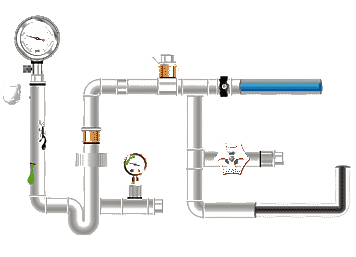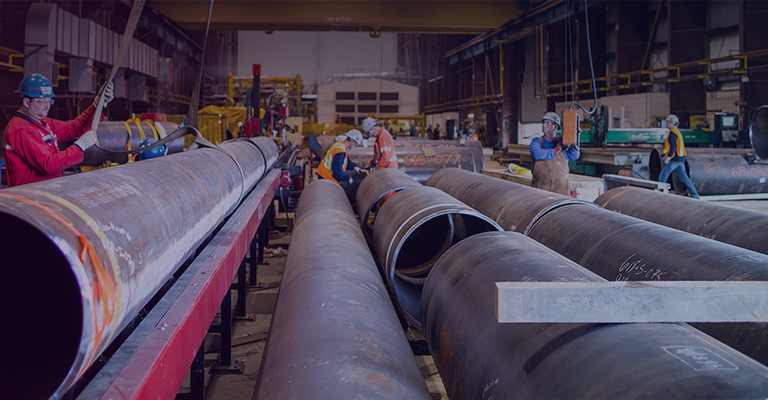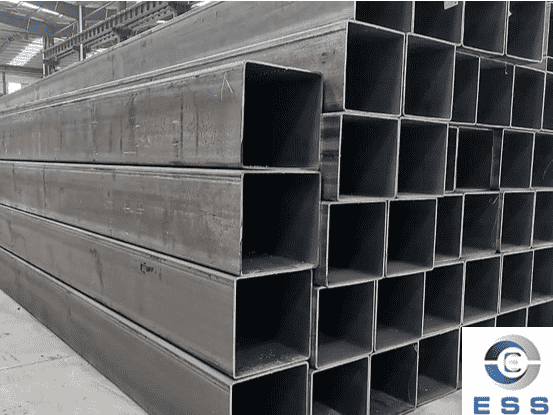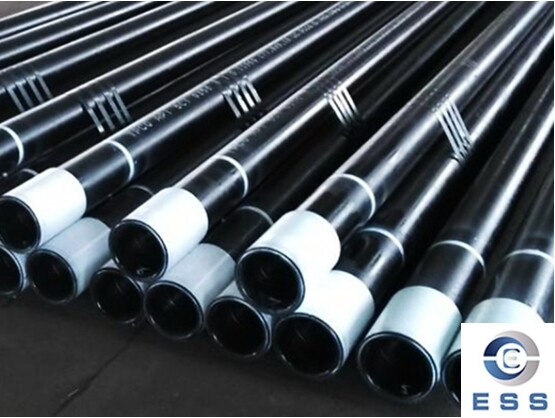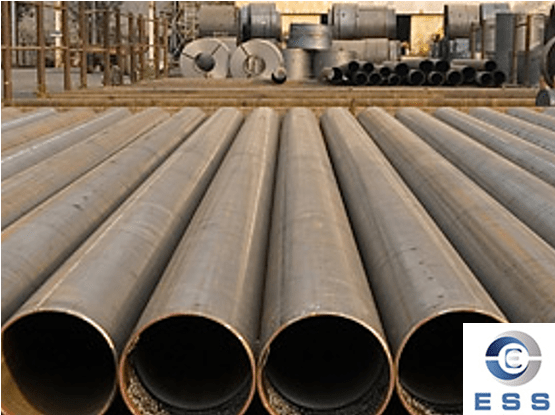
Structural features
1. Hot extrusion heat
exchanger tube
Hot extrusion heat exchanger tubes are
processed by extrusion and expansion on the shell, so that a large number of
grooves and scales are generated between the inner and outer walls, increasing
the inner and outer wall area ratio, thereby effectively improving the heat
transfer capacity.
A large number of transverse wavy
structures are formed between the inner and outer surfaces of the hot extrusion
heat exchanger tube, which prolongs the time the fluid stays in the tube,
thereby achieving a better heat transfer effect. The materials of hot extrusion
heat exchanger tubes are usually aluminum alloy, brass and stainless steel.
Their advantages are light weight, large heat exchange area and corrosion
resistance. They are suitable for cold and frozen areas and production sites
with relatively harsh chemicals.
2. Perforated heat exchanger tube
Perforated heat exchanger tubes, as the
name suggests, are perforated on the outer surface of the tube, thereby
increasing the inner and outer wall area ratio. The inner wall of the
perforated heat exchanger tube is generally treated in different ways, such as
concave, convex, diamond, flat, etc., so that the fluid generates strong
turbulence in the tube, and forms an internal flow field with slow flow to the
center and fast flow to the edge, weak pressure gradient and thin boundary
layer, so as to achieve better heat transfer effect. Common materials for
perforated heat exchanger tubes are stainless steel, copper, etc., which have
the advantages of easy cleaning, no contamination of fluid, high temperature
resistance, etc., except that their service life is slightly shorter.
Application field
1. Hot extrusion heat exchanger tube
Hot extrusion heat exchanger tube is
suitable for many industrial sites, such as petrochemical, aerospace, casting
and smelting, energy and other fields. Because this type of heat exchanger tube
has the advantages of light weight and corrosion resistance, it is also widely
used in automobiles, refrigeration, cooling, heat pumps, heat exchange and
solar energy technology.
2. Perforated heat exchanger tube
Perforated heat exchanger tube has been
widely used in the field of air coolers. Perforated heat exchanger tubes are
small, light, compact, and evenly stressed. They have good aerodynamic
characteristics, so they are also suitable for aircraft, computer heat
dissipation, and electronic devices, and have extremely important application
value.
Performance comparison
1. Heat transfer efficiency
The heat transfer coefficient of perforated
heat exchanger tubes is better than that of hot extrusion heat exchanger tubes,
but because the fluid flows inside them without a transverse wavy structure,
the fluid flow condition is poor, so its actual heat transfer efficiency is
lower; and hot extrusion heat exchanger tubes have different internal and
external structures, chaotic internal flow patterns, and stronger heat
dissipation capacity, so their heat transfer performance will be better under
truly extreme conditions.
2. Other performance indicators
When customers purchase a heat exchanger of
a certain material, they need to consider multiple performance indicators: such
as pressure leakage, quality, high temperature deformation resistance,
corrosion resistance, etc. The corrosion resistance of hot extrusion heat
exchanger tubes is far better than that of perforated heat exchanger tubes; and
perforated heat exchanger tubes are easier to produce due to their simple
structure and simple manufacturing process.
Summary
In general, hot extruded heat exchanger
tubes and perforated heat exchanger tubes have their own advantages and
disadvantages. When customers choose the right heat exchange components, they
need to understand the corresponding application scenarios in detail and make
choices based on specific requirements.









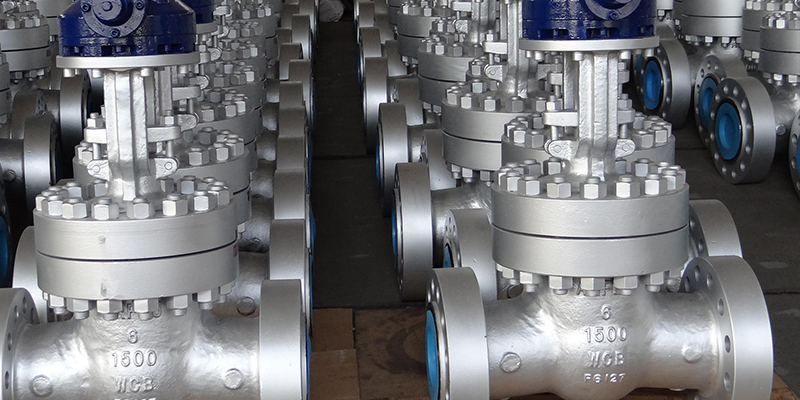
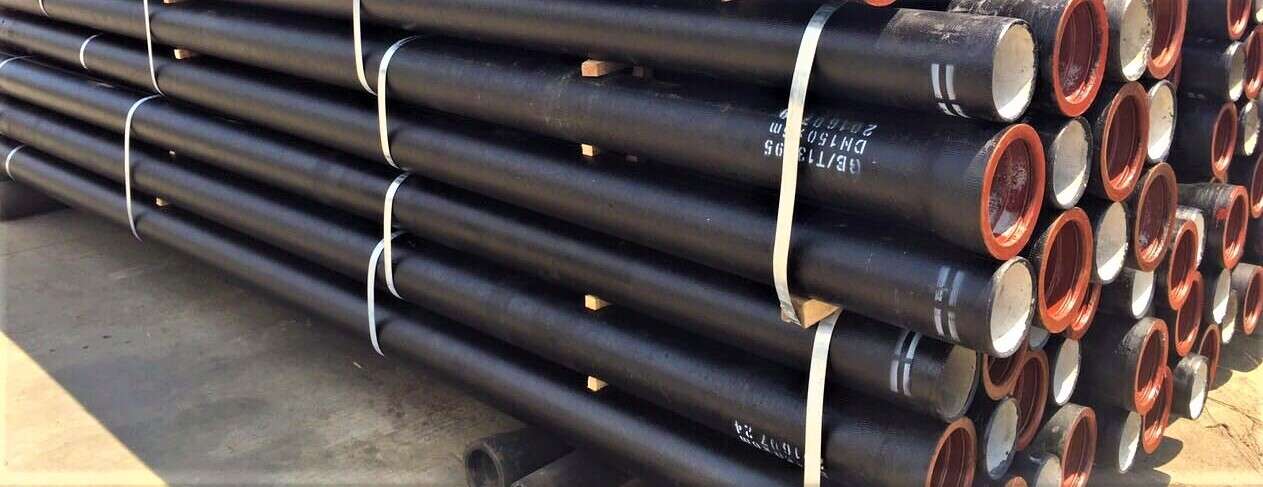


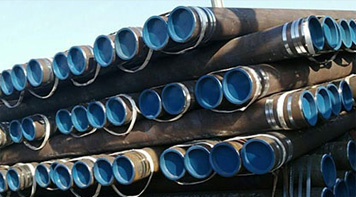 Eastern Steel Manufacturing Co.,Ltd not only improve product production and sales services, but also provide additional value-added services. As long as you need, we can complete your specific needs together.
Eastern Steel Manufacturing Co.,Ltd not only improve product production and sales services, but also provide additional value-added services. As long as you need, we can complete your specific needs together.
